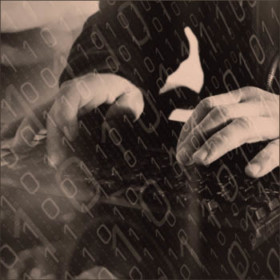 1. Darktrace
1. Darktrace
Cyber criminals are notoriously good at staying one step ahead of the security measures intended to stop them. While traditional security systems are rules-based, looking for the signatures of previous styles of attack, Darktrace takes a different approach.
Its Enterprise Immune System uses machine-learning developed by mathematicians from the University of Cambridge to identify brand-new anomalies in real time. Based, as its name implies, on the same principles as the immune system, the system’s understanding of “normal” behaviour is constantly evolving so any abnormal activity can be highlighted. Continuing with the analogy, antigena modules, based on antibodies, then automatically neutralise threats without requiring human intervention.
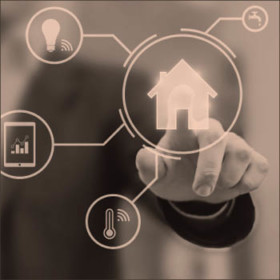 2. nCube
2. nCube
It’s all very well having an automated home, but controlling all the various devices can feel like a full-time job. nCube acts as a smart hub to manage everything from security cameras to smart kettles and is compatible with many brands.
Using the phone app, users have a single interface for everything from setting a heating schedule, which can be based on internet weather reports, to playing music or turning on the TV. It even works when the internet connection is down and doesn’t send any user data to central servers or the cloud, instead saving it within the device itself to keep the system secure.
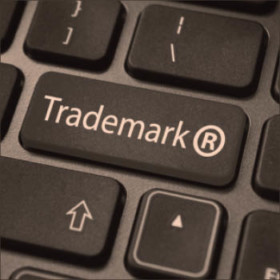 3. Patsnap
3. Patsnap
Short of telepathy or inside knowledge, it’s hard to know what your competitors are up to. Patsnap, along with providing a range of other intellectual property services, allows companies automatically to analyse the patent and trademark applications of any company to get a picture of where its development focus lies.
Companies can make better decisions about where to focus their research and development efforts, and the tool is also useful for investors. There’s no specialist knowledge required; all the user has to do is navigate to the LinkedIn or Crunchbase page of the company to be analysed and click on the OneClick IP logo.
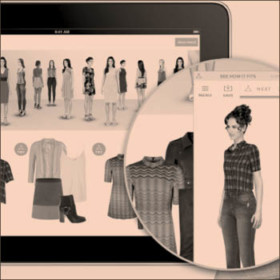 4. Metail
4. Metail
Getting the right fit when clothes shopping online is a hit-and-miss affair, which is why so many items are returned. Metail allows shoppers to create a 3D “Me Model”, based on five key measurements, that is claimed to reflect their size and shape with at least 92 per cent accuracy and which can be rotated for an all-round view.
Retailers can sign up to the system to enable shoppers to “try on” different outfits, and pay Metail a licence fee and percentage of sales. Retailers already on board include Tesco clothing, Warehouse, Shop Direct Group, Little Mistress and Evans.
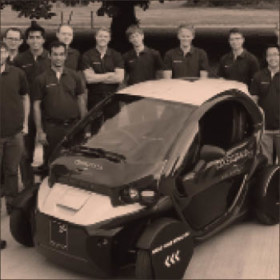 5. Oxbotica
5. Oxbotica
Founded less than three years ago, Oxford University spin-off Oxbotica is working on the software that provides the brain-power for self-driving cars and has already seen its technology licensed for use in Nasa’s Mars Rover.
The aim is to provide self-driving capability when and where it’s safe to do so. Its Selenium software system has a strong emphasis on cameras and lasers, so it’s not dependent on GPS and uses machine-learning to get to know its environment. The more it covers a given route, the more it learns about, for example, the prevailing weather and where to expect roadworks.
 6. DigitalGenius
6. DigitalGenius
If you’ve contacted KLM customer services online recently, there’s a fair chance you’ve already spoken to a DigitalGenius artificial intelligence (AI). Founded by London-based robotics student Dmitry Aksenov, the company’s AI system goes way beyond the sort of automated chatbot that simply scans customer communications for keywords.
Instead, it uses millions of past chat logs to train the AI to recognise what’s being asked, regardless of the wording, and respond accordingly. It can answer questions across e-mail, social media and mobile messaging, and works with existing customer service software, including Salesforce, Zendesk and Oracle.
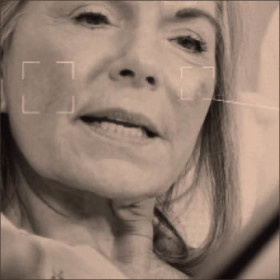 7. Oxehealth
7. Oxehealth
Oxehealth aims to replace body-worn health monitors such as oximeters with, of all things, security cameras. It’s being pitched as a less-intrusive way to monitor patients in psychiatric hospitals or police stations and could also be used to help the infirm elderly stay in their homes.
The cameras can detect changes in skin colour and tiny movements of the chest to read a heartbeat or monitor breathing activity, all through a proprietary algorithm. And the product is being sold as a software platform that can be hooked up to existing cameras.
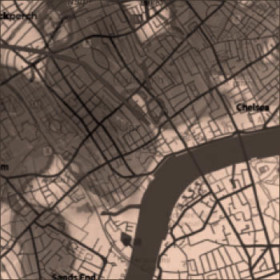 8. Flock
8. Flock
The idea of drone deliveries is all very well, but how do you decide if it’s safe? London-based Flock is building a risk-assessment platform for drone flights, for use by both operators and insurers.
To start with, it has licensed data on the position of buildings, people and cars in urban environments, along with hyper-local weather conditions. It then applies machine-learning algorithms to this data. The result is the ability to reduce flight risks in real time, and enable drones to optimise flight paths and navigate safely through cities.
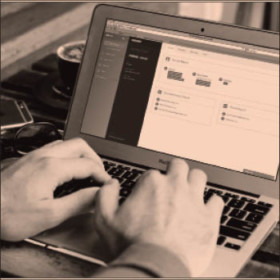 9. Onfido
9. Onfido
Founded in 2012, Onfido automates the background checking process for clients including Morgan McKinley, Uber and the Daily Mail. It checks that customers, contractors and employees are who they say they are, carrying out adverse history searches such as criminal and anti-money laundering checks.
Based on intelligent automation and machine-learning, Onfido automatically checks and cross-references all three main credit agencies, CallCredit, Experian and Equifax, as well as visa status, criminal records, education records, terrorism databases and global watch lists. The system also uses facial recognition, passport and ID card verification technology via webcam.
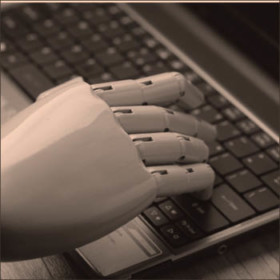 10. Speechmatics
10. Speechmatics
Speechmatics provides cloud-based speech recognition based on deep learning neural network technology and it does it with world-leading accuracy. Punctuation and capitalisation are handled automatically and speakers are automatically separated. It can extract audio from, and output files in, almost any format.
Its time alignment service automatically synchronises text with audio or video files, enabling users to upload transcripts and media files to receive a time-stamped document in any of 19 languages; more, along with regional dialects, are being added all the time. Users range from multinational corporations, transcribing telephone calls, to students transcribing lecture notes.
